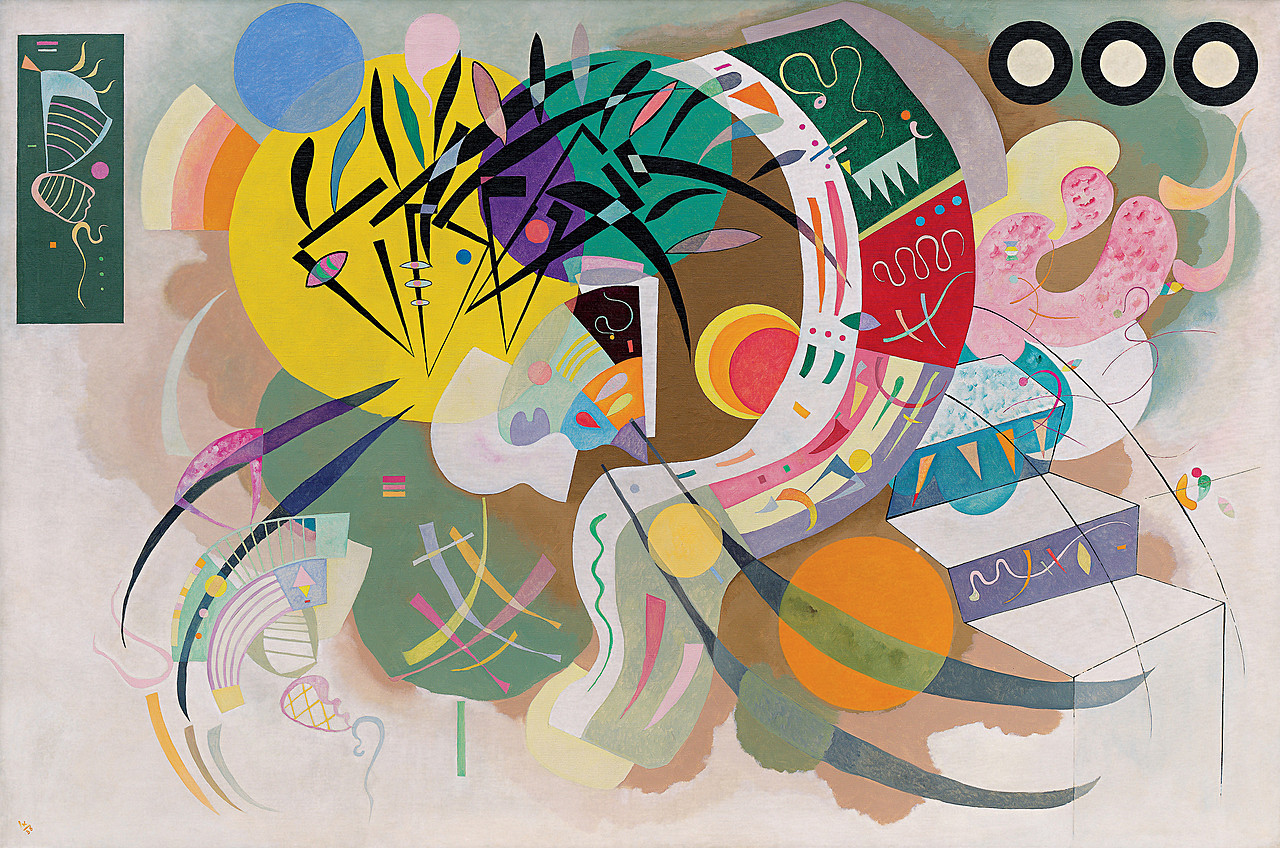The distinction between dimensions of heavenly heights and earthly depths is a sensory illusion. View the study sheet here. Watch the recording here.

A mosquito bites. We respond quickly with a slap at the injured site. It seems instantaneous. Yet, a lot of information has been processed in that instant. We feel the bite. We hear the buzz. We may even see a flash of a presence. All of those senses have been picked up by different sensors and sent to different parts of our brain, which then integrates them to produce an effective response at the precise location of injury.
The ability to combine senses effectively and efficiently is not something we are born with. It depends on the proper development of the brain. Over the past three decades neuroscientists have increased their study of how the brain integrates input from two or more different sensory modalities.
Recent studies at Johns Hopkins School of Medicine’s Department of Neurology point to the possible ways such neural cross-talk can produce new therapeutic approaches to repair diminished senses. Johns Hopkins’ Jeffrey Yau, for example, is currently exploring how auditory and tactile systems can assist in a complementary way with the recovery of a degraded visual function.
The integration of senses lies at the heart of modern art. The Impressionists were the first to break from the insistence that art either replicate in exactitude what the eye sees or present an image of a sanctioned version of truth or beauty. Instead, the Impressionists shared on canvass their subjective experience of what their eyes beheld.
The Impressionist revolution opened up the door to other artistic explorations of how reality is perceived and visually presented. One of the boldest explorers was Wassily Kandinsky. Kandinsky approached geometric forms, lines, and colors as descriptors not of the external world but of the inner life of the artist. Critical of modernity’s focus on the material aspects of life, Kandinsky worked to have us look beyond a painting’s technical aspects and to locate its meaning: to be present to a painting and “to let it say its own message,” as he wrote in Concerning the Spiritual in Art.
An important element of Kandinsky’s pursuit of the spiritual through art was his experience of synesthesia, a neuropsychological phenomenon in which the stimulation of one sense causes the automatic experience of another. For Kandinsky the paint brush was often the source of musical sounds. As a child he sometimes “heard a hissing of the colors as they were blending. It was like an experience that one could hear in the secret kitchen of the alchemist, cloaked in mystery.”
Presented here is his work Dominant Curve. It contains several elements central to Kandinsky’s visual representation of his pursuit of the spiritual. Circles express perfection, harmony. Biomorphic creatures attest to the possibility of new life. The enveloping curve speaks of new beginnings. And there is a stairway. Likely, it is meant to evoke Schroder’s Staircase, a 19th-century optical illusion later incorporated by artist M. C. Escher into his lithographs. Schroder’s image can be perceived as a staircase either going up or going down, depending on how one sees the two walls.
Japanese mathematician Kokichi Sugihara won the 2020 Best Illusion of the Year Contest for a 3D exploration of Schroder’s 2D Staircase. His 3D simulation of it showed that the two legs of the staircase are actually the same length and that the stairs are all on the same level. Our brains may have had a hard time seeing that in 2D. Once we were taken to another dimension, we could see that what appeared to be up and down was really across a horizontal plane.
The moment at Sinai challenges our senses and our perception of planes. Like Kandinsky, the Israelites experience synesthesia. They see thunder. They see the shofar’s sounds. The moment causes a vertigo, an unsettling of equilibrium. The Israelites tremble. So does the mountain itself. Our guide through this shocking experience is the medieval commentator Rashi. He tells us that the story we are reading is not even in chronological order. There seems to be a tear in the fabric of time and what we are reading in chapter 24 actually happened before events in chapter 19.
The order of Moses’ goings up and down is confusing. What is a moment of elevation? And what is a moment of descent? The breath of Oneness that is expelled in Parshat Yitro seems seismic and lofty: “I the Lord am your God who brought you out of the land of Egypt.” The language of Parshat Mishpatim seems mundane: “If you dig a pit and do not cover it and someone’s donkey falls into it, the digger of the pit must make restitution.”
And then I think of Schroder’s Staircase and Kandinsky’s image of it in a painting full of life and hope and new possibilities. And I think of Sugihara’s demonstration. The lofty and the mundane are actually on the same plane. Any distinction in value between how we acknowledge God and how we compensate for a donkey we have injured is purely a matter of perception. An illusion.
Shofar sounds and cracks of thunder strike my visual receptors. Matters of heaven and earth share a dimension, the place where I dwell. The sense of responsibility causes a trembling. And then I recall God’s fundamental instruction to Moses: “Come up to Me on the mountain and be there.”
Join us here at 7:00 p.m. (PT) Thursday February 16 as we explore back down (or is it up?) to earth.








